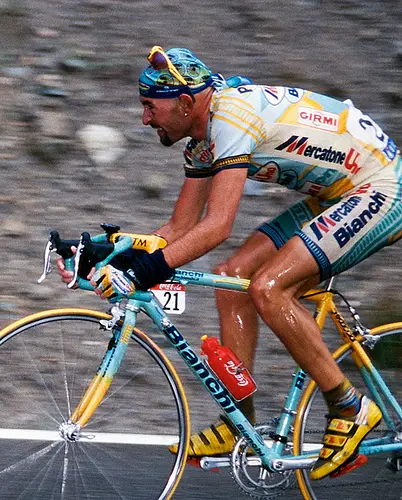 |
| Erik & Rolf in hell |
I enjoyed the film, liked seeing cycling and the Tour on the big screen. I enjoyed little insights such as the fraternal relationship between team leader and domestique.
However much I enjoyed it though, I left the cinema feeling none the wiser (perhaps less the wiser). I wanted to know, to really know, what it took to ride the Tour, what was going on behind the curtain, or at the back of the bus. I liked seeing how Zabel's soigneur lathered the cream onto his rider's chamois, but what about the real secrets to the sprinter's success? What were the riders swallowing and injecting when the cameras weren't rolling. And if the riders on the screen weren't swallowing and injecting, then what did they think of their team-mates who were?
Ten years on and Zabel has finally offered a glimpse behind the curtain, given in to the inevitable pressure for truth and admitted to the use of EPO, cortisone and blood doping. Yes he suffered in the heat and on the climbs - him and all the rest - but he also re-transfused his own blood. That's the stuff I wanted to know about back in 2004, the stuff we all suspected but weren't about to be shown, especially not in Technicolour on the silver screen. (Had Pepe Danquart shown us the blood coming out and going back in then it really would have seemed like a glimpse into cycling hell.)
I really hope the pro-peloton's current proclamations of a new era really are to be believed (this time, finally) but, to be honest, I don't care. My cycling heroes reach high into the clouds, their reputations incontrovertibly rock-solid. Names like Ventoux, Tourmalet and Izoard will never test positive, never let me down.



.JPG)





